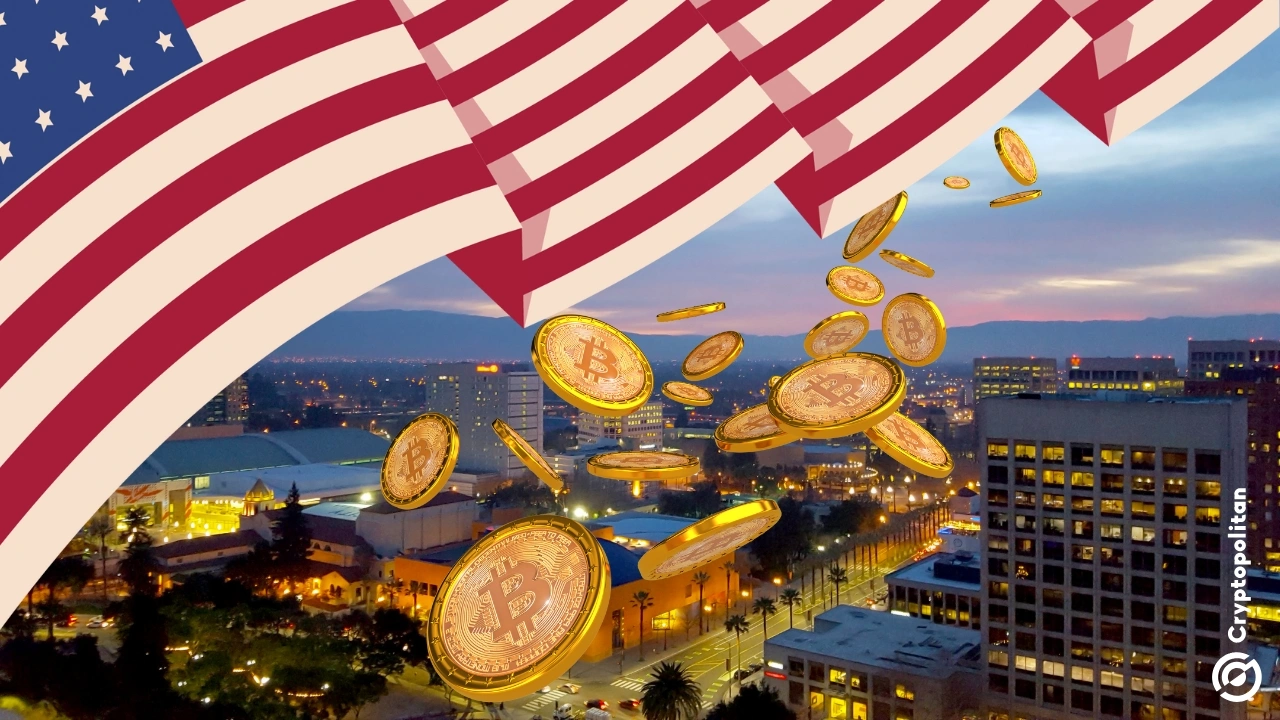Tokenization is rapidly transforming the financial landscape, driving the growth of on-chain assets into a market exceeding $275 billion, supported by over 150 million investors.
As traditional assets embrace digital representation, this report by Bitbond delves into the key trends shaping the tokenization space in 2024.
From stablecoins to decentralized autonomous organizations (DAOs), the evolution of these digital assets presents exciting opportunities and challenges for investors and institutions alike.

1. Stablecoins: A Cornerstone of Digital Finance
Stablecoins are proving to be essential in digital finance, providing stability by being pegged to traditional assets like the US dollar, euro, and commodities such as gold.
With a market cap of $172 billion and monthly transfer volumes reaching $1.5 trillion, stablecoins facilitate faster and cheaper cross-border transactions while bridging fiat and crypto markets.
Major players in this space include Tether (USDT), Circle (USDC), and PayPal USD (PYUSD), with Tether holding 60% of the market. These digital assets are particularly valuable for remittances, digital trading, and as a hedge against market volatility.
Stablecoins also offer issuers instant settlements, transparency, and lower counterparty risks, making them attractive to financial institutions and corporations.
Recent regulatory frameworks, like the EU’s MiCA and the NY DFS guidance in the US, further solidify their role in the global financial landscape.

Memecoins, driven by community and social media rather than traditional use cases, have emerged as a notable trend in tokenization.
With a market cap of $53.4 billion and over 3.2 million holders, these coins, often based on internet memes, include popular names like Dogecoin (DOGE) and Shiba Inu (SHIB). In fact, in 2024, new contenders like PEPE, FLOKI, and WIF (Dogwifhat) have also gained traction.
Despite their playful origins, memecoins are attracting institutional interest, exemplified by VanEck’s launch of a memecoin index fund.
The impressive performance of memecoins in 2024 highlights the impact of community-driven initiatives on financial markets, reflecting a unique intersection of pop culture, social media, and finance.

3. Decentralized Autonomous Organizations (DAOs): Revolutionizing Governance
DAOs are transforming organizational structures by enabling decentralized governance. With a collective treasury of over $22 billion and millions of active token holders, DAOs empower communities to manage funds without centralized leadership. In fact, prominent DAOs like Uniswap, Arbitrum, Optimism, and BitDAO each hold treasuries exceeding $1 billion.
Governance tokens allow DAO participants to vote on proposals and influence the organization’s direction, whether for project funding or policy changes. Tools such as Snapshot and Aragon enhance transparency and efficiency in decision-making processes.

4. Real World Assets (RWAs): Bringing Traditional Assets On-Chain
The tokenization of real-world assets (RWAs) allows for the digitization and fractional ownership of physical assets, including private credit, U.S. Treasuries, real estate, and commodities. The on-chain value of RWAs has surged to $12.4 billion, with Ethereum leading in token issuance.
Key players like Figure, which has issued over $8.5 billion in assets, and Maple Finance, which tokenizes private credit, are at the forefront of this trend.
By digitizing traditionally illiquid assets, tokenization increases liquidity and accessibility for a broader range of investors. Companies like Paxos are facilitating the tokenization of commodities, such as gold, making these assets easier to trade and manage.

5. Institutional Finance: A New Frontier for Tokenization
While retail-driven tokenization has seen remarkable growth, institutional finance is rapidly catching up. Traditional financial institutions are increasingly embracing tokenization, with a total issuance volume of $12.7 billion in 2024.
Noteworthy transactions include Siemens’ $330 million digital bond and the World Bank’s $233 million digital bond, indicating growing confidence in tokenized securities.
Tokenization offers significant benefits for institutions, including faster settlement, reduced operational costs, and access to global markets. By 2030, tokenized assets are expected to encompass mainstream financial products, such as loans and bonds, enhancing liquidity and efficiency in financial markets.

The future of tokenization looks promising, as these trends illustrate the transformative potential of blockchain across finance, governance, and more.
From the stability of stablecoins to the rise of community-driven memecoins, the decentralized decision-making of DAOs, the liquidity of RWAs, and the growing acceptance by institutions, tokenization is set to become a fundamental infrastructure for the global economy.











